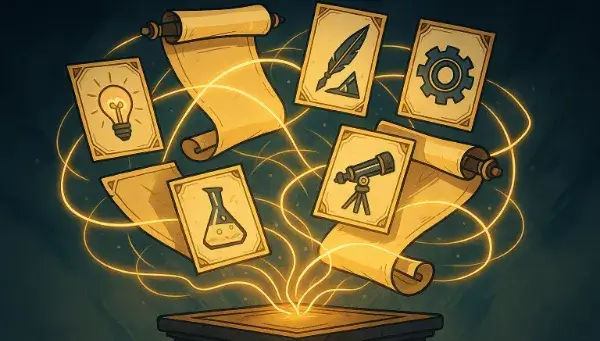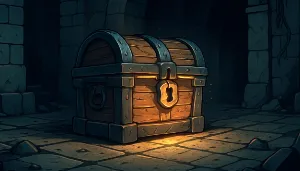Generate nouns
More Writing Tools- <% result.name %>
Discover all Story Shack apps
Finding the Right Noun
Stuck on a term? Reflect on these prompts:
- Should the noun be concrete or abstract?
- Does it fit your genre or theme?
- Is it an animate being, place, or object?
- Do you want something familiar or unusual?
- How does its meaning influence your scene?
Random Noun FAQs
Common questions about using this generator:
How are nouns selected?
A curated list of common and uncommon nouns is shuffled to provide fresh suggestions each click.
Can I filter noun types?
Not at the moment; regenerate until you see a noun that fits your needs.
Are proper nouns included?
This tool focuses on common nouns—proper and abstract nouns are rare.
How many nouns can I generate?
Unlimited—click to explore limitless noun ideas until inspiration strikes.
How do I copy or save?
Click a noun to copy it, or click the heart icon to add it to your favorites.
What are good nouns?
There's thousands of random nouns in this generator. Here are some samples to start:
- charity
- disaster
- marriage
- contribution
- appointment
- village
- distribution
- resolution
- classroom
- drama
About the creator
All idea generators and writing tools on The Story Shack are carefully crafted by storyteller and developer Martin Hooijmans. During the day I work on tech solutions. In my free hours I love diving into stories, be it reading, writing, gaming, roleplaying, you name it, I probably enjoy it. The Story Shack is my way of giving back to the global storytelling community. It's a huge creative outlet where I love bringing my ideas to life. Thanks for coming by, and if you enjoyed this tool, make sure you check out a few more!

































